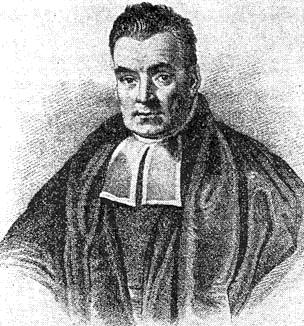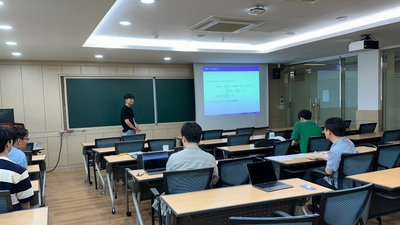최근 게시물
Who is Thomas Bayes?
Thomas Bayes was born in London. In 1719, he enrolled at the University of Edinburgh to study logic and theology. He is known to have published two works in his lifetime, one theological and one mathematical: Divine Benevolence, or an Attempt to Prove That the Principal End of the Divine Providence and Government is the Happiness of His Creatures (1731), and An Introduction to the Doctrine of Fluxions, and a Defence of the Mathematicians Against the Objections of the Author of The Analyst (published anonymously in 1736), in which he defended the logical foundation of Isaac Newton‘s calculus against the criticism of George Berkeley, author of The Analyst. It is speculated that Bayes was elected as a Fellow of the Royal Society in 1742 on the strength of the Introduction to the Doctrine of Fluxions, as he is not known to have published any other mathematical works during his lifetime. Some feel that he become interested in probability while reviewing a work written in 1755 by Thomas Simpson, but others thinks he learned mathematics and probability while reading a book by Abraham de Moivre. Bayes died in Tunbridge Wells, Kent. He was buried in Bunhill Fields burial ground in Moorgate, London, where many nonconformists lie.

연구 주제
연락하기
서울대학교 베이즈통계 연구실에 관심이 있다면 편히 연락해주세요!




